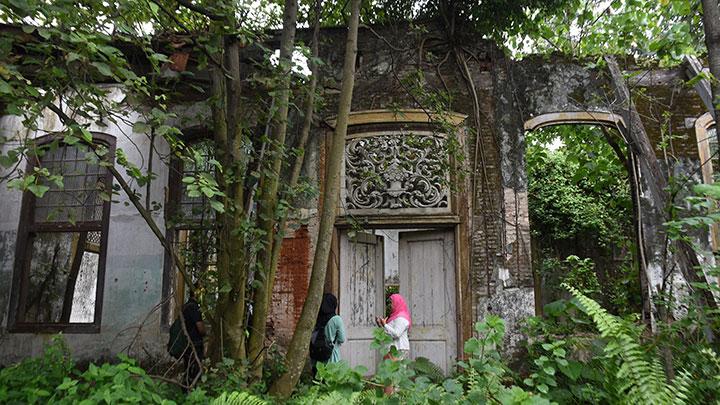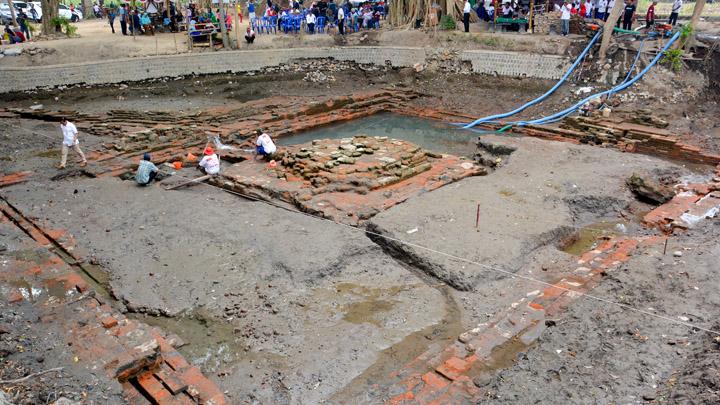7 Relics of Majapahit Kingdom that Still Exist Today
Translator
Editor
10 November 2022 22:53 WIB

TEMPO.CO, Jakarta - The city center of Majapahit lies among the village of Trowulan, 12 kilometers southwest of Mojokerto in East Java. With its center in East Java, the kingdom of Majapahit left many of its historical relics around the region. Here are some of the sites of the Majapahit Kingdom in East Java.
1. Jabung Temple
Cited from Paiton District's official web page, Jabung is a temple located in a village with the same name at Paiton Probolinggo. Citing the website of the Ministry of Education and Culture of the Directorate General of Culture, the sacred temple faces west with a staircase on the front side. This temple is divided into three parts, namely the legs, body and roof.
During its time, Jabung Temple was surrounded by a fence made of red bricks, but now there is only one corner of the fence on the southwest side of the temple with a tower in the middle.
2. Trowulan Site
Quoted from the kemdikbud.go.id cultural page, the Trowulan site is the only urban site during the classical period in Indonesia. The site covers the area of Trowulan and Soko Districts in Mojokerto Regency and Jombang District.
The Trowulan site constitutes a former city of the Majapahit Kingdom which was built on a flatland on the tip of the three mountain ranges namely Mount Penanggungan, Welirang and Anjasmara.
3. Bajangratu Temple
Bajangratu Temple is located in Dukuh Kraton, Temon Village, Trowulan District, Mojokerto Regency, as stated on the Temple Library website. This temple still holds many mysteries that are not known for certain, both regarding the year of manufacture, the king who ordered its construction, and its function.
Regarding the function of the temple, it is estimated that Bajangratu Temple was built to honor Jayanegara. The basis is due to the presence of a Sri Tanjung relief at the foot of the gate that depicts the glorifying story. Reliefs containing similar stories were also found on another site, such as in Surawana Temple.
The inside of the temple forms a corridor that runs from west to east. The stairs and hallway floors are made of stone. The inside of the roof of the temple is also made of stone blocks arranged in a north-south direction, forming a narrow space at the top.























